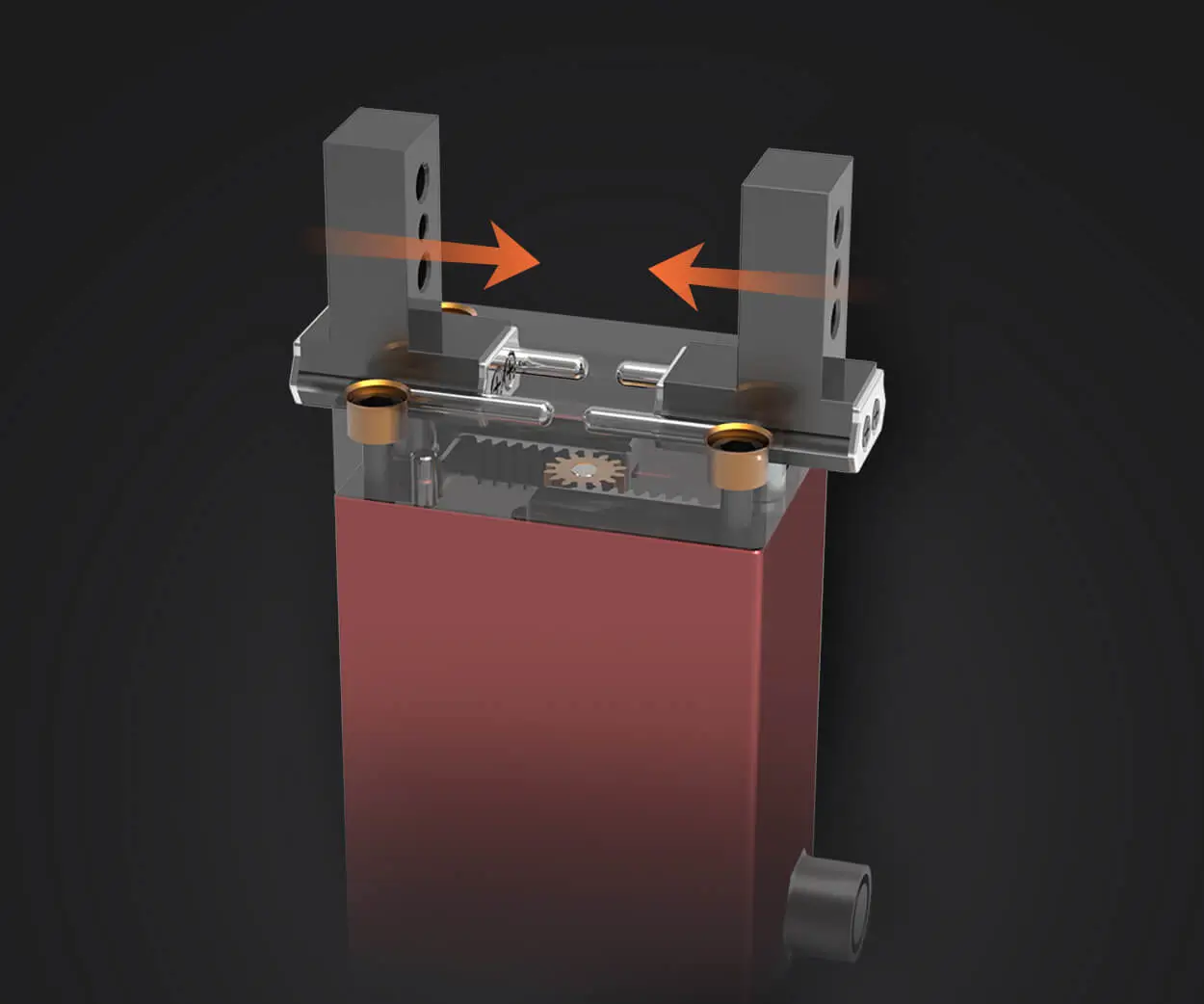Ever played around with tiny robotics projects and found yourself chasing after that perfect control? Enter the micro servo combined with Arduino—what a duo! You know those moments when you want your robot arm to gently grasp something or a drone to tilt just right? That’s where micro servos shine. They're compact, precise, and surprisingly powerful in such small packages.

So, let’s talk about how you get these little guys to dance with your Arduino. First off, wiring, right? It’s straightforward but essential—you usually have three wires: power, ground, and signal. Power goes straight into your 5V, ground into GND, and the signal pin connects to one of Arduino’s PWM pins. Easy once you get the hang of it. The magic happens in the code, which isn't as intimidating as it sounds. A simple command, like servo.write() or analogWrite(), can make the servo turn to specific angles. Want to do a sweeping motion? Loop that command, and voila, a smooth back and forth movement.
But here’s the trick that keeps projects lively—timing. Micro servos respond fast, but not instant. Gentle tweaking of delay times makes movements more natural. Think about a camera gimbal or a tiny robotic arm delicately picking up a delicate object — it’s all about finesse. Plus, these servos can handle load, for their size, surprisingly well, making them suitable for everything from hobby projects to educational demonstrations.
Some folks ask, “Can I control multiple micro servos with one Arduino?” Absolutely. You just need enough control pins, but in most cases, a few PWM pins do the job. Advanced projects might consider using a servo driver or a dedicated PWM controller for more synchronized movements. The key is understanding how different angles translate to pulse widths—typically between 1ms and 2ms—and translating your commands accordingly.
And let’s not forget, compatibility. Micro servos usually work with standard Arduino libraries—like the Servo.h library—that make coding easier. Whether you're new or experienced, it’s pretty straightforward to start tinkering. Just hook it up, upload some code, and watch your creation come alive.
If you're wondering, “Can I tweak the speed or torque of these small servos?” Sure, but that depends on the servo model. Some have adjustable potentiometers for calibration, and choosing a higher torque servo can give your project more strength. Remember, though, that bigger torque often means a slightly larger size and weight, which might matter if your project’s weight limit is tight.
When you’re piecing it all together, it’s about patience and experimentation. How far can you push it? What's the most delicate action you can pull off? Tiny servo motors open so many doors—surprisingly versatile for their size. Dive into coding, test different angles, aim for smooth transitions, and you’ll find yourself creating all sorts of robotic wonders.
Now, does that bring any specific project ideas to mind? Or maybe you’re curious about customizing control methods? Just picture a small robot that reacts immediately to your commands, or an automatic pet feeder that moves super precisely. It’s all within reach with these compact, reliable components.
So, when you’re ready to amplify your automation game, micro servos paired with Arduino aren’t just a choice—they’re a game-changer. Start experimenting, and see how these tiny gears turn your ideas into reality.
Established in 2005, Kpower has been dedicated to a professional compact motion unit manufacturer, headquartered in Dongguan, Guangdong Province, China. Leveraging innovations in modular drive technology, Kpower integrates high-performance motors, precision reducers, and multi-protocol control systems to provide efficient and customized smart drive system solutions. Kpower has delivered professional drive system solutions to over 500 enterprise clients globally with products covering various fields such as Smart Home Systems, Automatic Electronics, Robotics, Precision Agriculture, Drones, and Industrial Automation.




































